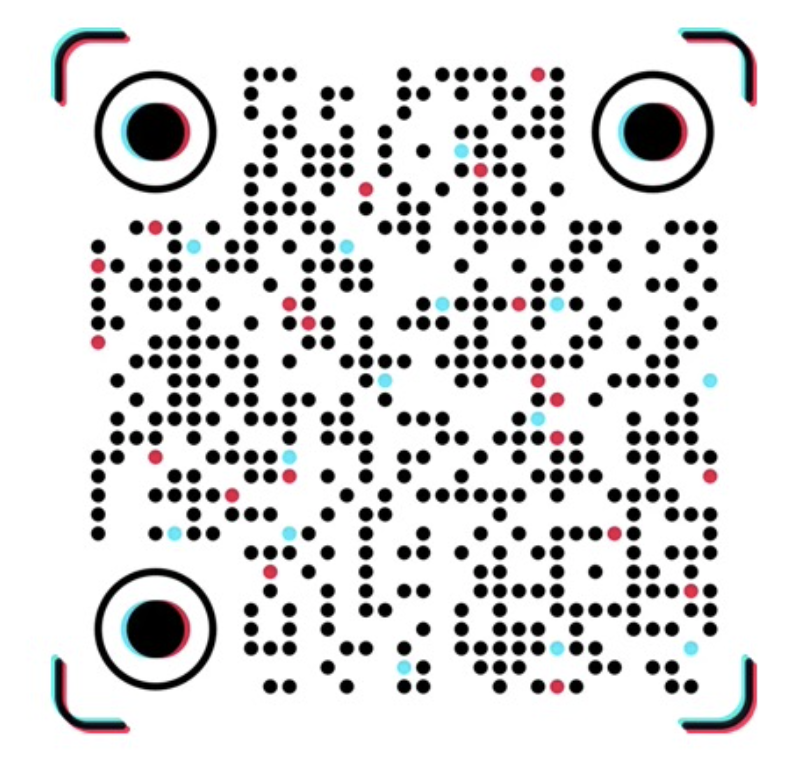Former Tesla Optimus scientist defected to HF and open sourced a robot code library.
Hugging Face has open-sourced LeRobot, marking a significant boost for AI robot research and development.
In March of this year, AI start-up Hugging Face, known for building large open-source communities, caused a sensation by poaching former Tesla scientist Remi Cadene to lead a new open-source robot project – LeRobot.
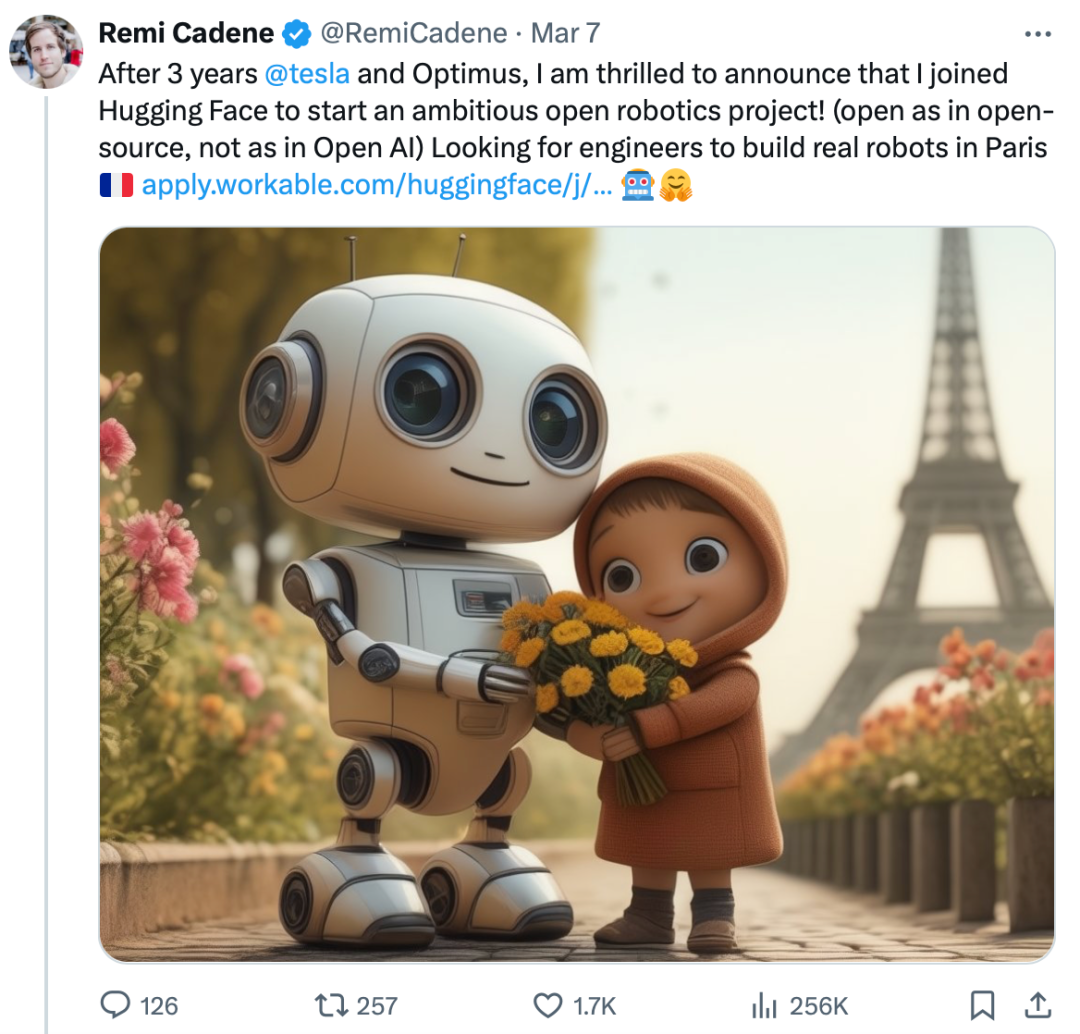
Remi Cadene announced in March this year that he was ending his three-year tenure of robot research at Tesla and joining Hugging Face.
Prior to this, Remi Cadene was a team member of Tesla’s Autopilot and Optimus robot research projects.
Now, Hugging Face has announced the official launch and open-sourcing of the robot toolkit LeRobot, based on the largest crowdsourced robot dataset in history.
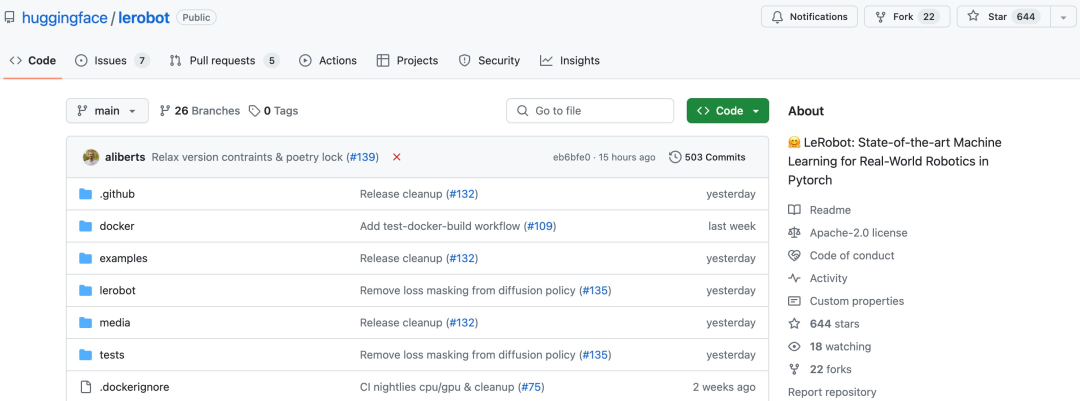
LeRobot Github link:
https://github.com/huggingface/lerobot
The LeRobot codebase can be considered the ‘Transformers’ of the robot field.
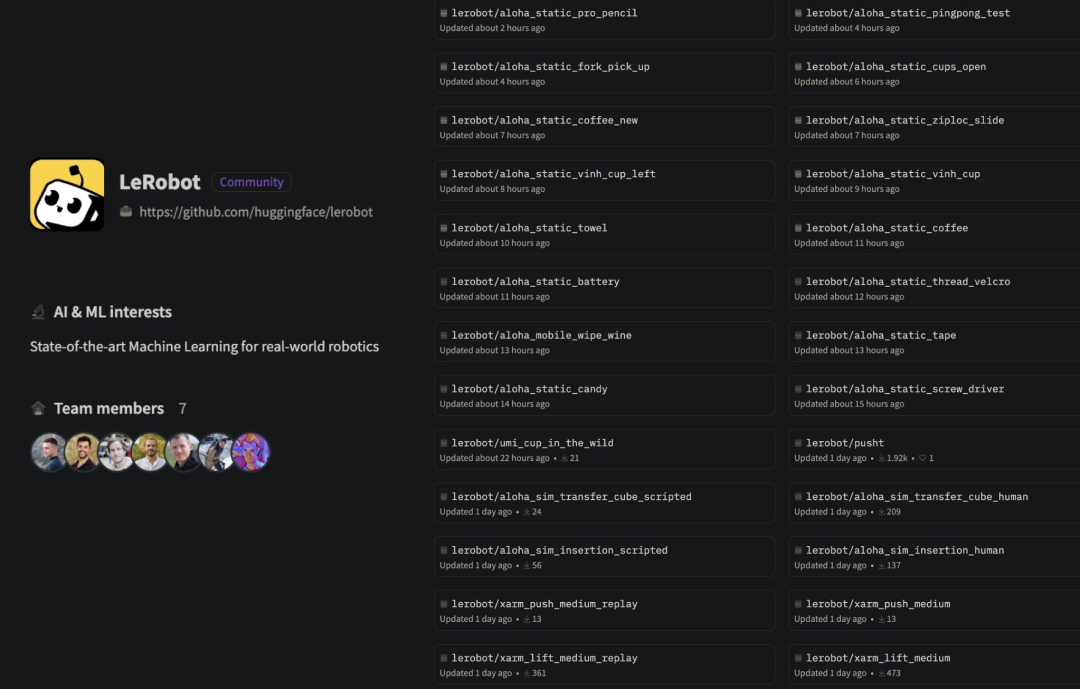
Cadene said on X: “The next step in the development of artificial intelligence is to apply it to our physical world. Therefore, we are encouraging the community to jointly build AI robots, which are open to everyone!”
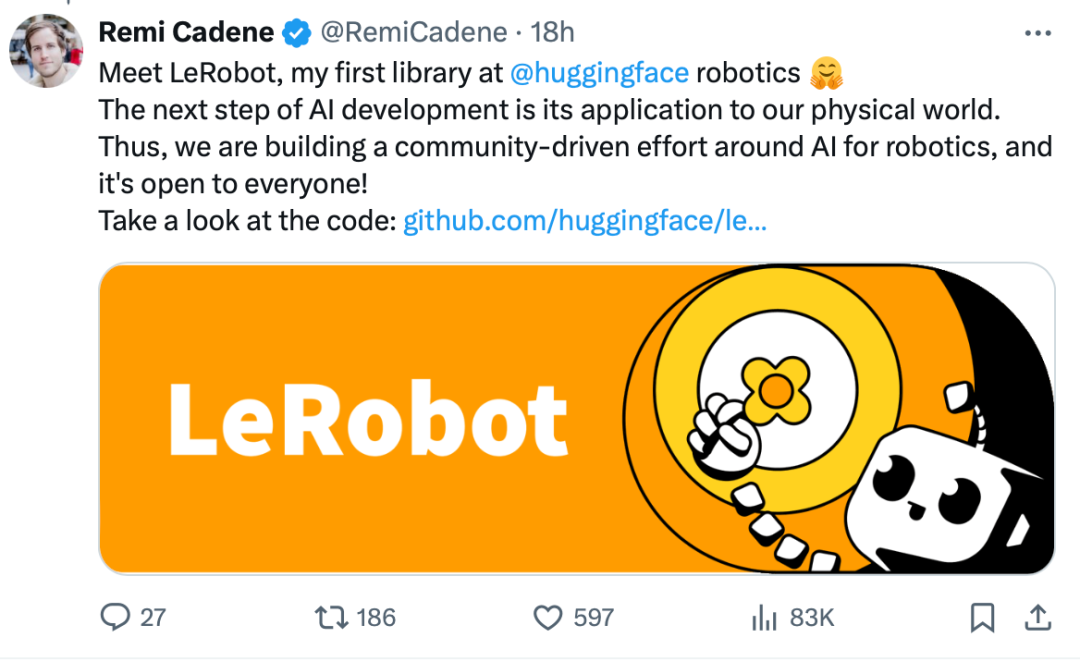
The LeRobot toolkit is not just a software package, but a comprehensive platform, including a multifunctional library for sharing, visualizing data, and training SOTA models. Users can access a large number of pre-trained models through LeRobot to quickly start their projects.
In addition, LeRobot integrates seamlessly with physical simulators, allowing enthusiasts and developers without physical robot hardware to simulate and test their AI models in a virtual environment.
In terms of hardware, LeRobot aims to handle various robot hardware: “from simple mechanical arms used in education and research to more complex humanoid robots in advanced AI research facilities.”
In general, the goal of the LeRobot project is to provide an AI system that can adapt to and control any form of robot, enhancing the robot’s versatility and scalability.
Cadene also showcased some of the capabilities that robots can acquire with LeRobot, including training robots to grasp objects, navigate within undrawn spaces, and so on.
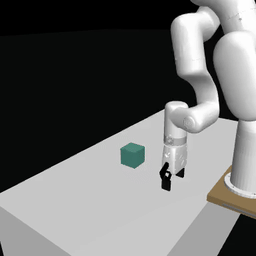

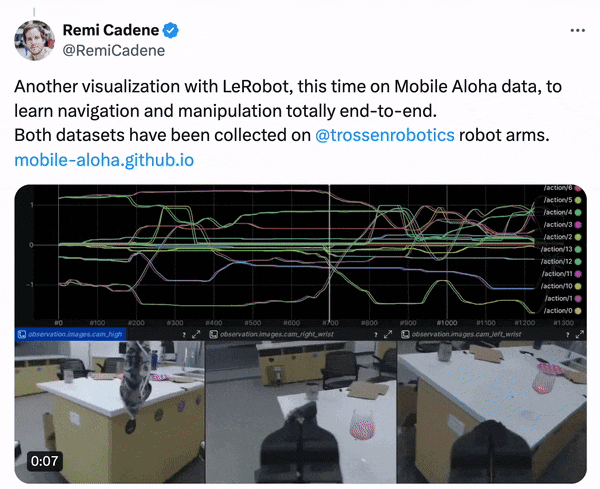
Passing an object between two mechanical arms:
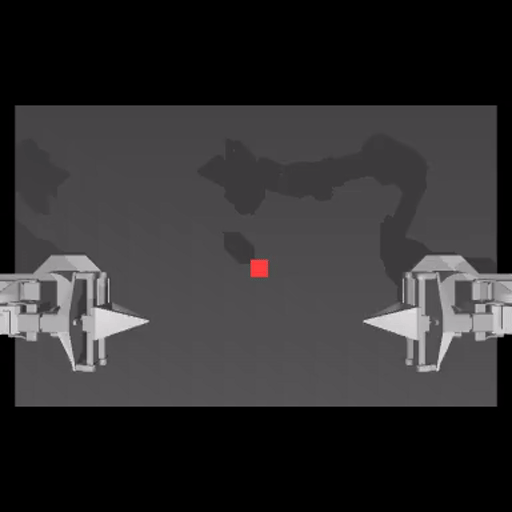
Thanks to the breakthrough progress in Large Language Models (LLM) and generative AI, the development of the robotics field has also been greatly propelled.
For instance, the Tesla Optimus team recently announced a new advance: the second-generation Optimus humanoid robot has “started working in the factory”.
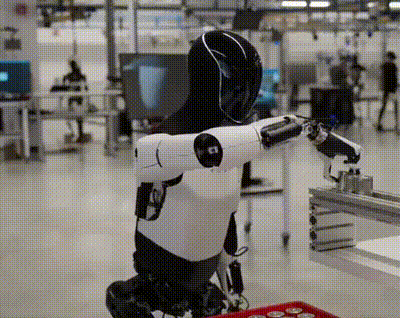
Second-generation Optimus humanoid robot
Boston Dynamics’ new edition of the all-electric humanoid robot Atlas has been launched:
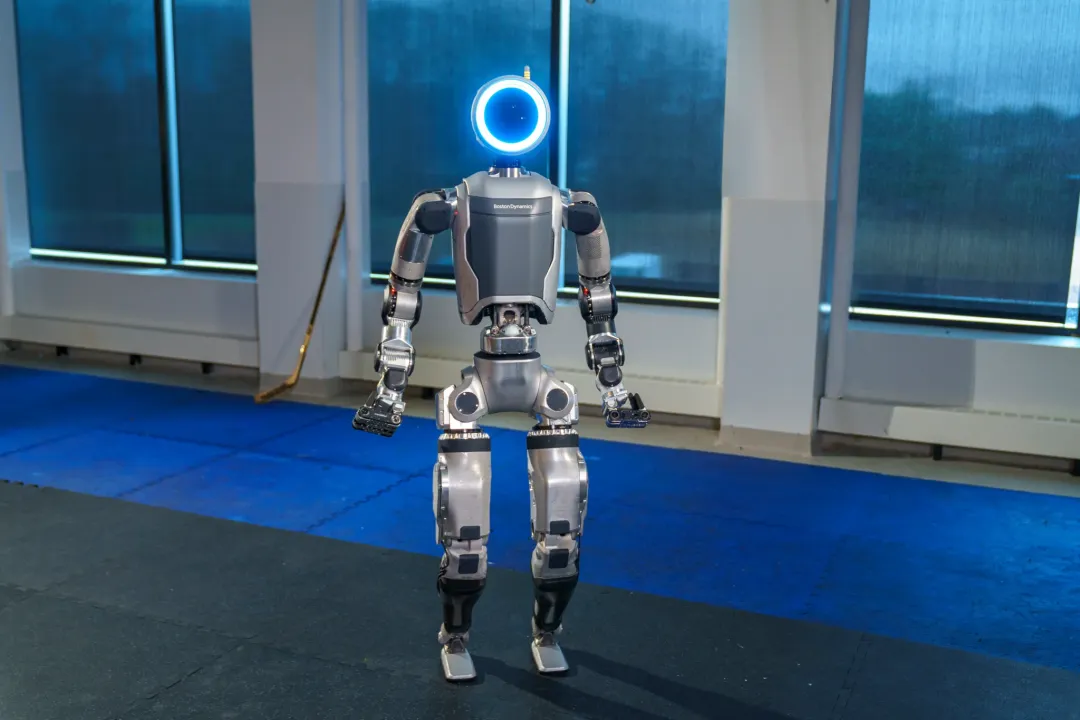
New generation Atlas
Startup company Meetee Robotics has released its first bipedal humanoid robot MenteeBot, which can understand natural language commands:
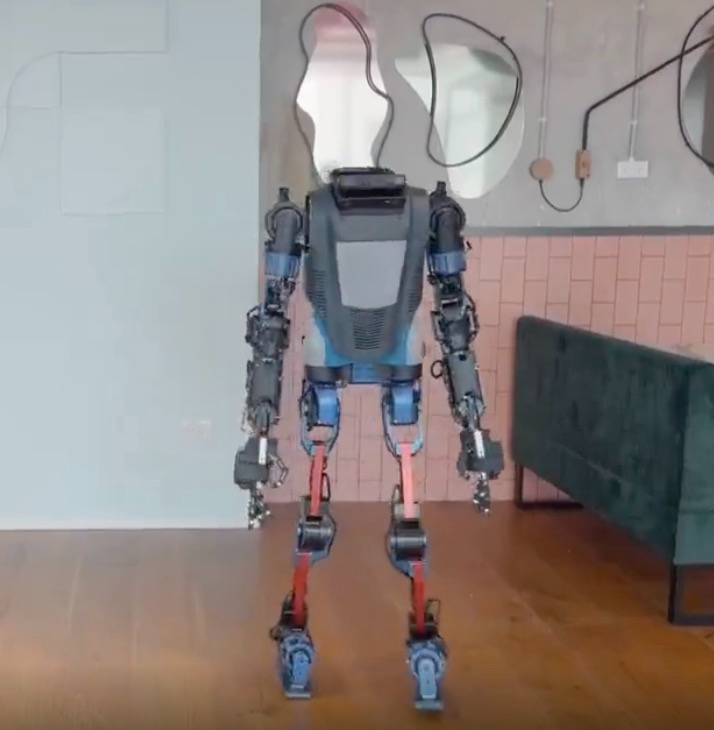
MenteeBot
n view of the current situation of upgrading robotic technology and diversified forms, Cadene has expressed the development vision of the LeRobot project, which is “to build software and hardware from a diversified community to develop the next generation of intelligent robots in the real world”.
By lowering the threshold of entrance and promoting the sharing of knowledge and resources, Hugging Face will create a community that may redefine the field of AI robots.
